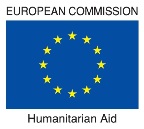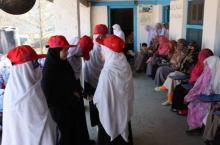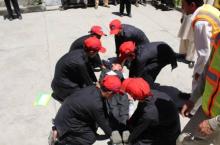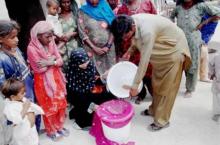A Safer Tomorrow – Disaster preparedness in schools
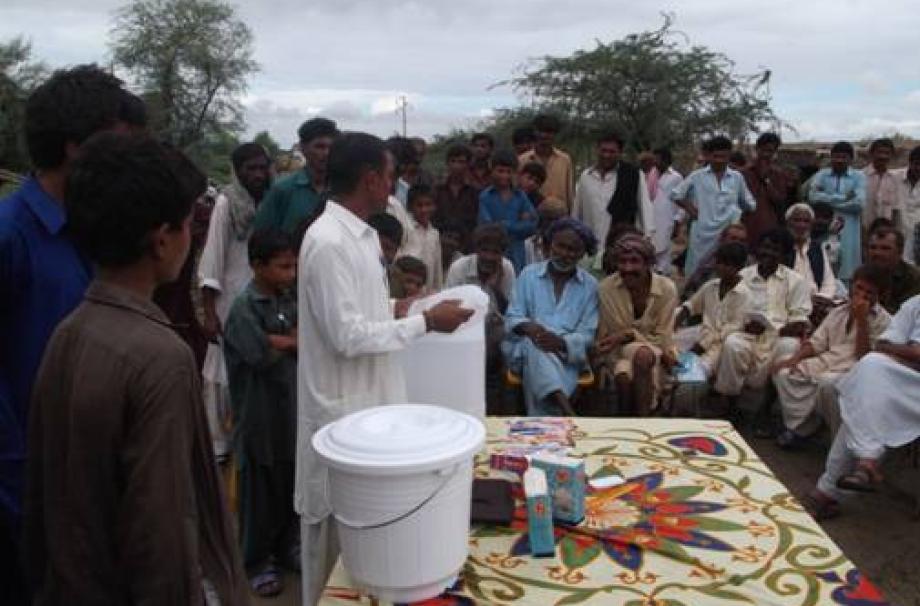
This project, that ultimately wants to participate to a culture of safety and disaster resilience in Pakistan, specifically aimed at enhancing awareness raising and build capacities in disaster preparedness in schools in the district Chitral in Pakistan. To achieve the goal of making school students, school management committees, teachers, education department staff, two regional offices of the local partner organization, volunteers and community members of the target schools understand the importance of Disaster Risk Reduction (DRR) and Disaster Preparedness (DP), numerous trainings were conducted, risk maps and school action plans were developed, extra-curricular teaching sessions, socialization events and mock drills were organized. The project also included a hardware component by undertaking retrofitting activities to enhance “safe places” in the project area. Minor DRR measures were carried out in 20 schools to reduce vulnerability.
Cross cutting issues:
Hazard Risk Reduction, Gender Equality, Environmental Sustainability, Capacity Development
Project Background:
Pakistan has been at risk to various types of natural disasters of which cyclones, flooding, landslides, earthquakes and drought are most common. The country is one of the most flood prone countries in South Asia. During its history the floods of 1950, 1992, 1998 and 2010 resulted in a large number of deaths and severe loss of property. The flood of 2010 is estimated to have cost damages of more than $ 10 billion (World Bank Disaster Needs Assessment, December 2010). Pakistan is also located in a seismically active zone on account of its proximity to the Indo-Australian and Eurasian plates. This vulnerability was proven in October 2005 when a major earthquake measuring 7.6 on the Richter scale hit 9 Districts in KPK and Azad Jammu and Kashmir (AJK), killing over 73,000 people and damaging/destroying about 450,000 houses. Droughts are also a serious hazard in the country as 60 percent of the country is classified as semi-arid to arid. The droughts of 2000-2002 are estimated to have cost economic losses of about $ 2.5 billion. The countryndoes not have a very high risk to cyclones; however fourteen cyclones have been recorded between 1971 and 2001 which have caused a certain amount of damage.
There are a number of underlying risk factors that increase vulnerability and contribute to the severity of disasters in Pakistan. These include:
- Poor construction practices and limited enforcement of existing building code
- Weak early warning system
- Lack of awareness and education on disasters and response
- Limited capacity and coordination between various government disaster response agencies
- Disaster susceptibility of large number of impoverished communities
Despite the immense human and capital loss during the earthquake 2005, the Government's response to make local communities aware, streamline and mainstream seismic safety and construction skills, and awareness and education on school safety and safe designs for buildings, has been limited in Northern Areas, i.e. standard designs for critical community and public infrastructure, such as seismic resistant school design and construction in Northern Areas have not been revised yet and even there is no monitoring mechanism in place to ensure adherence to the existing housing and building designs (such as being recommended by NDMA in Kashmir) that may have some seismic resistance elements built into it.
